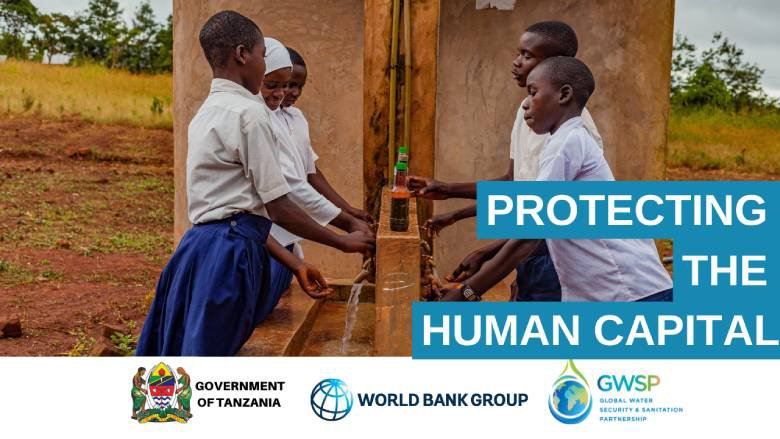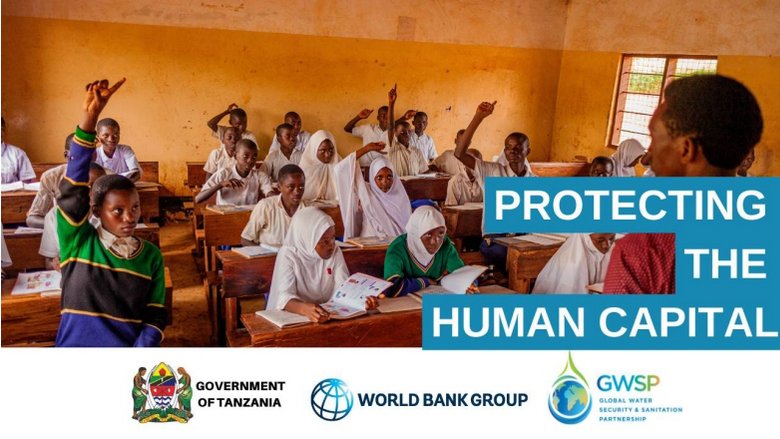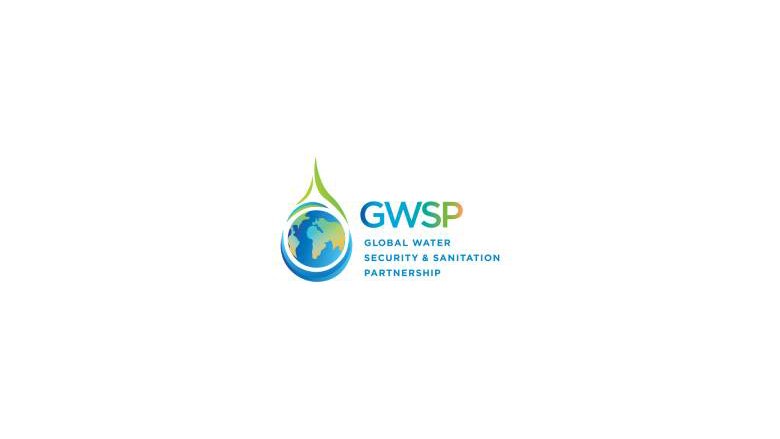Sabuhene Primary School sits atop its own hill—one of the many rolling hills of Buhigwe district in Kigoma region of northwestern Tanzania. The beautiful setting—two red-brick buildings set in an L-format, standing in sharp contrast with the lush green of eucalyptuses and vines on the well-kept, hedged compound—would be appealing for a parent looking for a school for their child.
Yet Sabuhene was never the automatic choice for most people from the nearby Kitambuka village who opted to send their children to the other two schools nearer to the center of the village. The distance—three kilometers from the village to Sabuhene—was never really the concern.
“The biggest concern for most parents, even those who had no choice but to bring their children there, was the school’s toilets,” said Mr. Lawi Yakobo, the chair of the School Committee. “Everybody was concerned about the safety of the old pit-latrine structure built using tree bark, earthen floors, and straw thatching; and for this reason, parents would willingly endure the formal processes required to move a child to another school rather than have them here where they had been officially assigned.”
With the school’s 700 pupils sharing eight toilets (1:87), the ensuing queues saw most children missing entire lessons, yet they were physically present at the school.
“The toilets had no doors, so we had no privacy, and the hygiene situation inside was extremely poor,” said Dorotea Yusto, 14, a Standard Seven pupil at the school. “Some of the little children in the lower grades would often go on the open grounds because they couldn’t hold on in the long queue, while others feared that the structure could collapse on them.”
In 2019, the toilets did collapse, and the school management, using contributions from parents amounting to Sh3 million (approx. $1,300) began construction of a more permanent, improved toilet building. With the amount, however, they only managed to set up the below-ground structures for 16 toilets. The Tanzania Sustainable Rural Water Supply and Sanitation Program (SRWSSP), an IDA-financed Program for Results (PforR), was underway by then, and the school was selected by the district officials to receive Sh25 million (approx. $10,800) with which they brought the toilets to completion in January 2021. The 16 student toilets are split evenly among the genders, including one for people with disabilities on each side, and two for teachers.
“The impact of the new facilities has been phenomenal,” said Mr. Sylvester Amos, the Headteacher at Sabuhene. “The funding came with supporting infrastructure such as water harvesting and storage to support the flushing toilets, and now we have a much cleaner school environment with no open defecation at all, and fewer cases of absenteeism due to illness than we had before. It has attracted more pupils to come and study here.”
An Enrollment and Retention Factor
The sanitation sector in Tanzania has achieved gains in coverage in recent years, but still has a long way to go, especially with the WASH in schools and dispensaries which has often received limited attention. Recent statistics show that in nearly two-thirds of the districts across the country, only 50 percent of public schools in rural areas have the required number of drop holes and only 43 percent have functional handwashing stations. Poor access to sanitation was exacerbated by a cholera outbreak in 2015 where a total of 30,121 cholera cases and 466 deaths (equivalent to a case fatality rate of 1.5 percent) were reported.
Recent evidence suggests that poor sanitation is the second leading risk factor for child stunting worldwide and that diarrhea and chronic environmental enteropathy (intestinal inflammation) in children are linked to a lack of sanitation and have a significant impact on childhood development. Up to 43 percent of stunting may be due to gut infections caused in part by poor water, sanitation, and hygiene. Stunting is a predictor of many developmental constraints, including cognitive deficits and loss of future economic opportunities. The effects of stunting are permanent; when stunted children become adults, they are likely to earn 20 percent less than their peers. Some estimate the overall GDP losses from stunting at 4–11 percent.
At the time of program preparation, about 57 percent of schools in Tanzania had no functional hand washing facilities and almost 40 percent had no water supply in the premises. In addition, more than 60 percent did not have a place to dispose of sanitary pads. More than half of the latrines for girls did not have doors, increasing the risk of Gender-based Violence (GBV) at schools and girls dropping out altogether. Moreover, World Bank findings in Tanzania showed that adequate sanitation and menstrual hygiene management helped increase adolescent girls’ retention and participation in schools in the country. The government’s National Guideline for Water, Sanitation and Hygiene for Tanzania Schools (2016) also recognized the importance of promoting adequate conditions especially for girls to attain education, considering only 52 percent of the eligible student population was enrolled in lower secondary schools at the time.
Established in 2003, Sabuhene has 339 girls out of 700 pupils. Of this female population, at least 114 girls were reported to have reached adolescence in March 2022. Felicia Maliko, 15, the sixth out of nine children supported by their widowed mom, dreams of becoming a doctor one day.
“Before we got the new toilets, I would never attend school on the days when I experienced heavy menstrual flow,” narrated Felicia. “Some of my friends who insisted on going to school would go to the homes neighboring the school to request to use their toilets for changing. It was also difficult for these homeowners because there were so many of us requesting.”
All the new school toilet structures constructed as part of the SRWSSP are equipped with a changing (or ‘Menstrual Health and Hygiene’) room. “The environment is not only clean, but supportive, so now I come to school during my periods without any worry,” said Felicia.



